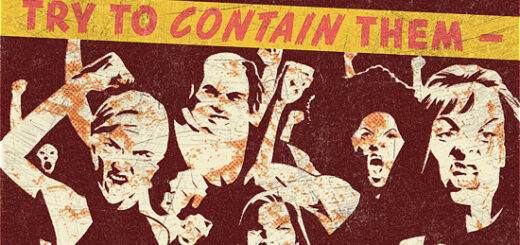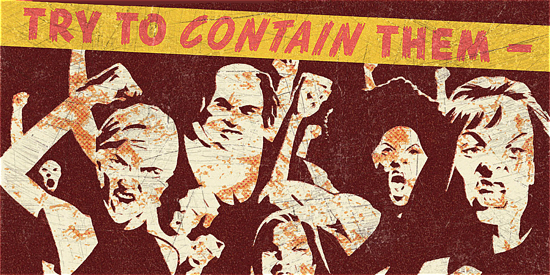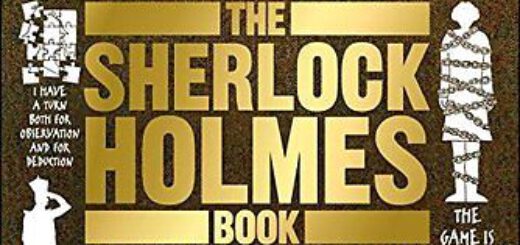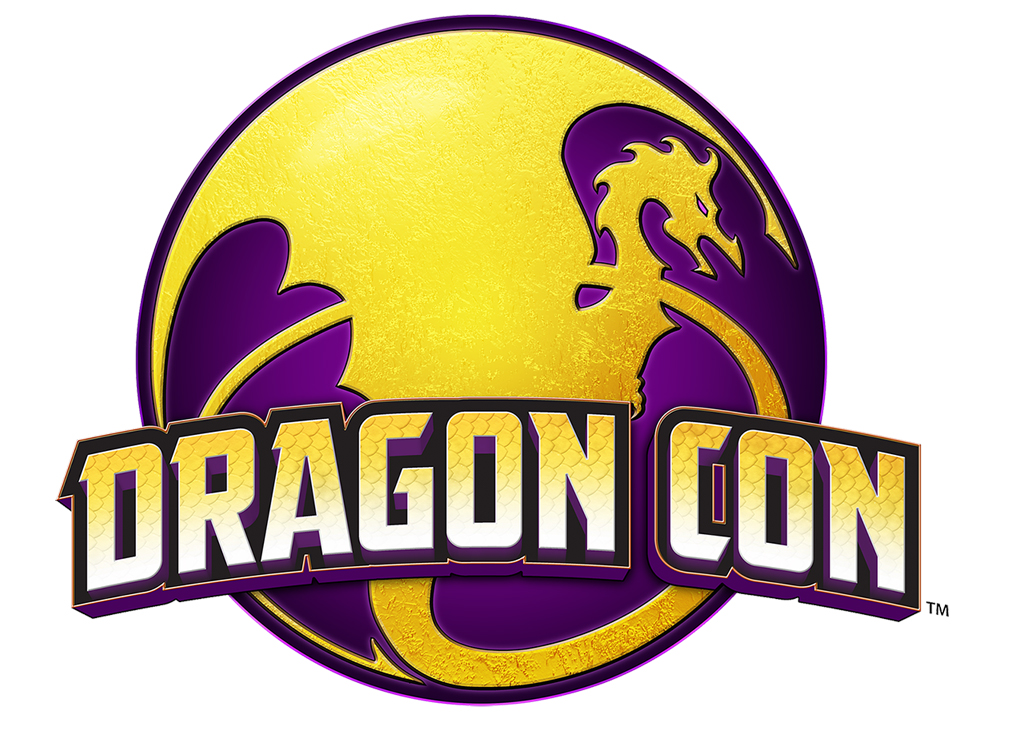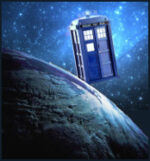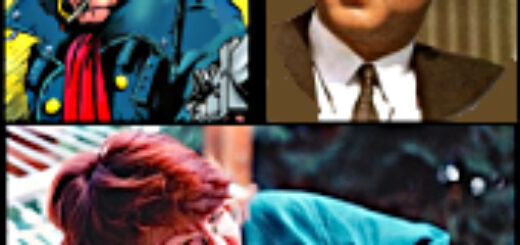Mindy Newell: Civil War and Our Man In Orange
As I mentioned last week in this space, Captain America: Civil War rocked!! Well, if you stick bamboo slivers under my nails, I will admit to having one nitpick with the film, but I don’t want to go into it right now because of the off-chance that you haven’t seen it yet. That’s almost a tough pill to swallow, since (a) I don’t think you’d be here if you weren’t a lover of comics and geek culture – with a nice healthy dose of politics thrown in; and (b) Civil War has topped the $1 billion globally, with domestic gross profits adding up to $347,390,153 – and the weekend isn’t over yet as I write this. So I’m going to wait until next week to talk about that one nitpick, in case I forget, which, knowing me, could be quite likely – so somebody remind me, ‘kay? And overall it’s a very small, tiny, minute, nano-millimeter pick of a nit.
And because of that off-chance that you haven’t seen it yet, and because, unlike me, spoilers annoy the hell out of people – they just whet my appetite to actually see the action play out on the big or small screen – I’m not going to attempt to review the movie; though I heartily recommend you go over to my friend Emily S. Whitten’s column and to Arthur Tebbel’s review. Let me warn you now that Em’s column is a bit spoilery, though im-not-so-ho, she does a great job of, uh, whetting the appetite. Oh, and also check out those Twins! Geeks! Tweeks!, in which Anya brings up a problem with superhero movies that she and many other people have – including my daughter Alixandra – which is actually quite legitimate.
I only know one person who saw the film and went “eh,” and said she didn’t like it. When I asked her why, this individual said “Too much talking. Not enough fighting.” I don’t agree with her at all; Civil War is the epitome of what makes the Marvel cinemaverse – and that includes the television and Netflix shows – so successful and DC movies, well, suck big time (on the other hand, the DC “televerse” does “get it,” so I don’t understand what goes wrong with their big screen attempts). Others have said before me. “Marvel gets it.” Cap, Iron Man, Hawkeye, Black Widow, Spidey, et.al. aren’t four-color heroes transcribed onto the big screen. They are Steve, Tony, Clint, Natasha, Peter, and et.al. And before they put on their fightin’ clothes and become the Avengers, every single one of them, to “mis”-quote Emily, “bring the emotional heart of the movie to the forefront.”
As for the Man In Orange, here’s this week’s suggested reading in Trump-A-Rama:
Gail Collins, The New York Times, “Meet Deadeye Donald” “Donald Trump has a permit to carry a gun. ‘Nobody knows that,’ he told a gathering of the National Rifle Association on Friday. Well actually, it’s pretty hard to not know since he brings it up all the time….”
Dana Millbank, ArcaMax, “Trump Bets on Mass Amnesia” “Just how gullible does Donald Trump suppose the American voter is?
“The billionaire showman has been the presumptive Republican presidential nominee for only a couple of weeks, yet his general election strategy is already becoming clear: hope for a mass nationwide outbreak of short-term memory loss. His top strategist, Paul Manafort, has said that the ‘part that he’s been playing is evolving.’ But this isn’t evolution – it’s reincarnation… That call Trump made ‘for a total and complete shutdown of Muslims entering the United States’? Turns out that was ‘just a suggestion,’ he now says.
“The federal minimum wage increase, which he repeatedly opposed? Now he’s ‘looking at’ an increase, he says. “The massive tax cut he proposed during the primary, which analysts said would add $10 trillion to the federal debt? Never mind! He’s hired experts to rewrite it in a way that cuts taxes less for the wealthy. “Those tax returns he promised ‘certainly’ to release? Not going to happen, he says now.
“Remember all those companies Trump blasted for sending jobs overseas? Ford was a ‘disgrace,’ Disney had ‘outrageous’ practices, Carrier deserved higher taxes, Apple should be boycotted because it didn’t help the FBI in a terrorism case, and Trump’s never eating an Oreo again because Nabisco outsourced. Financial disclosures last week showed Trump has invested in all of the above.”
Talk about your Civil Wars.



